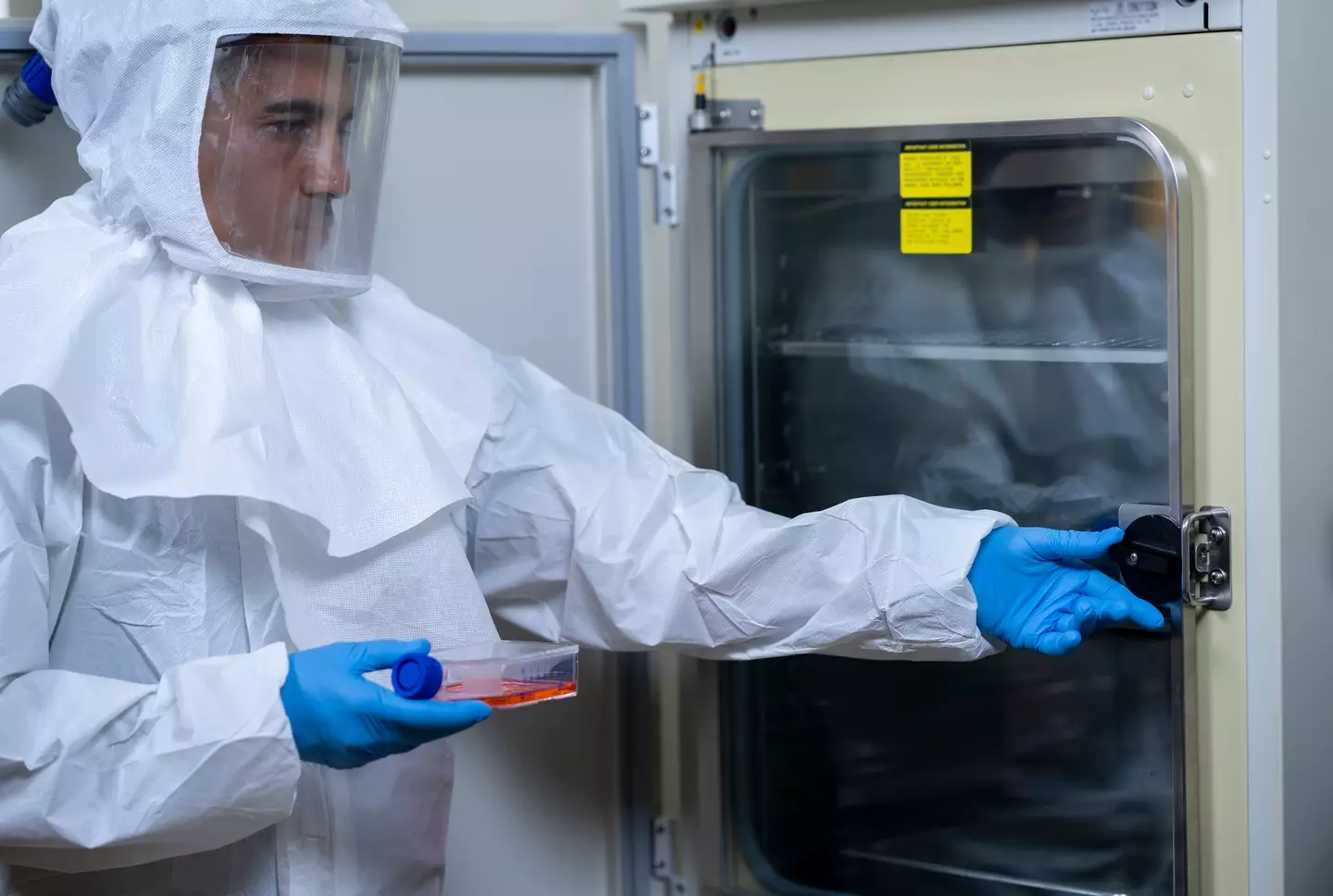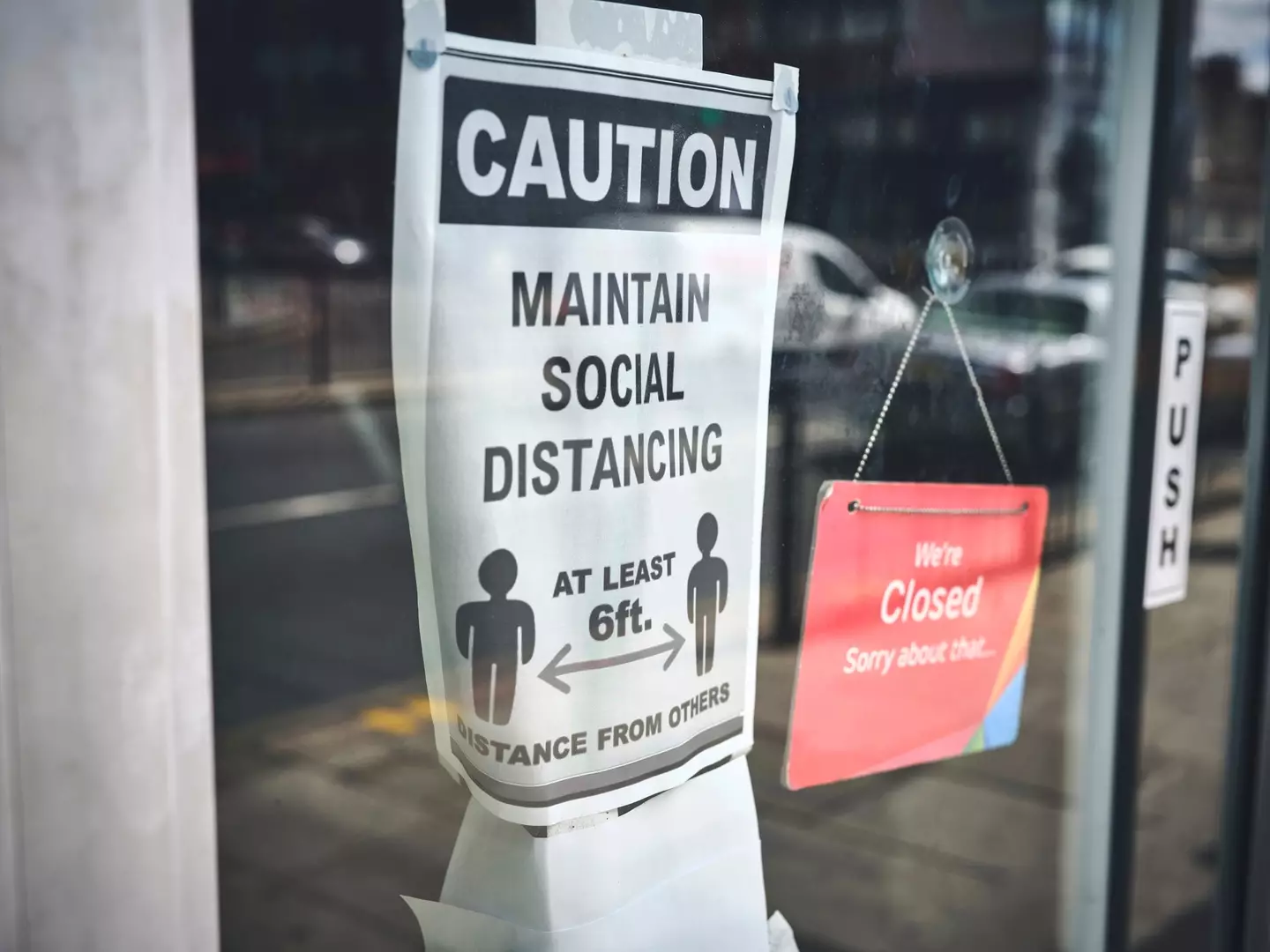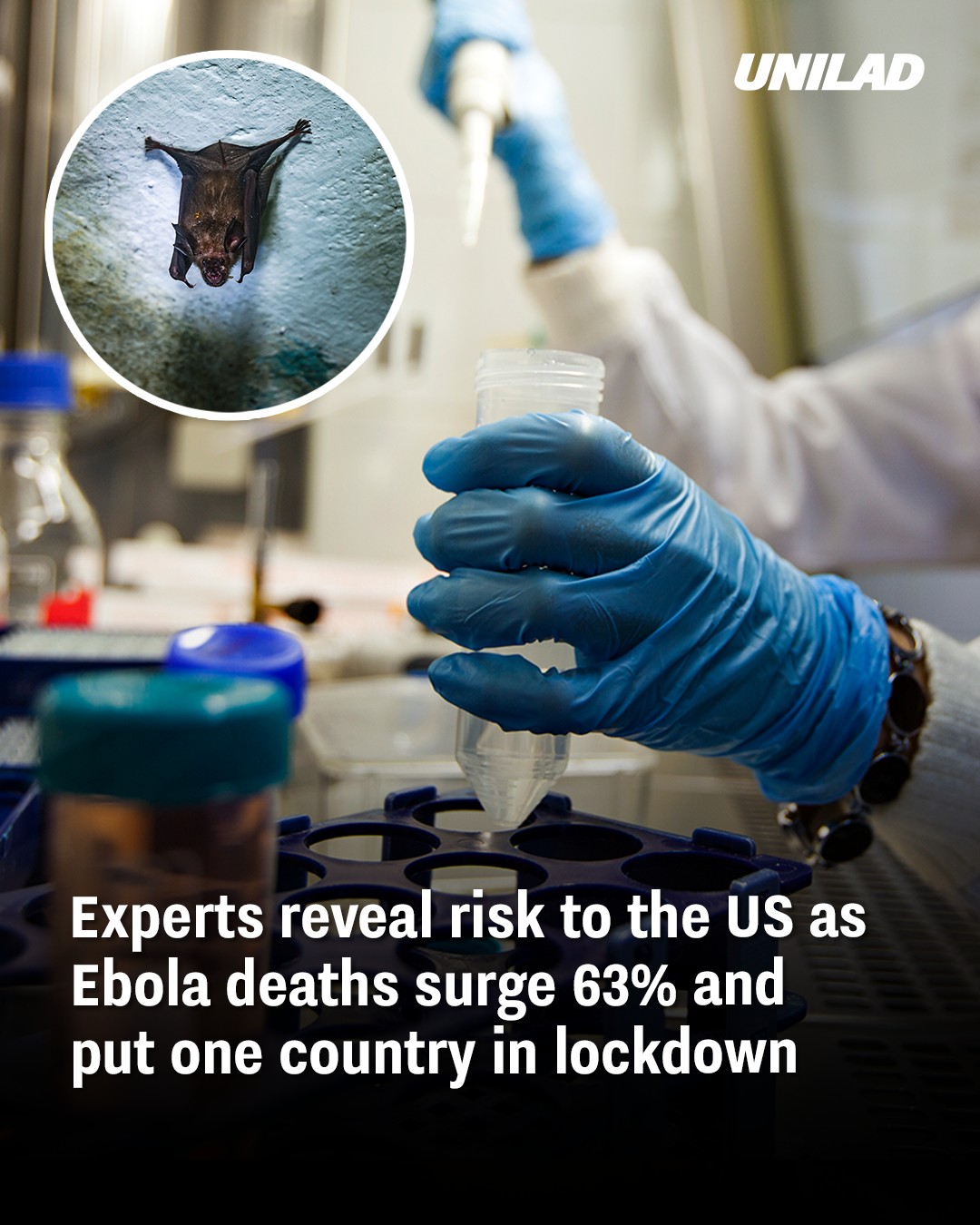The ongoing Ebola outbreak has raised alarms across the globe, with experts warning that the situation may escalate into another pandemic. The number of deaths has risen by a staggering 63% over the past week, prompting fears that the virus could spread further. Although the risk to the United States is currently considered low, officials and health organizations are closely monitoring the situation.
Ebola Outbreak: A Growing Concern
According to the World Health Organization (WHO), the latest outbreak of Ebola has caused 31 confirmed deaths so far, including at least four healthcare workers. The number of confirmed cases in the Democratic Republic of the Congo (DRC) has risen to 48, with the virus primarily transmitted through contact with infected body fluids.
This outbreak is being caused by the Zaire ebolavirus species, which is thought to have been transmitted from bats to humans. The first reported case was a pregnant woman who presented symptoms such as fever, bloody stool, and excessive bleeding at a hospital on August 20. Tragically, she died five days later, and testing confirmed she had contracted the virus.
While the outbreak is concerning, health officials are hopeful that efforts to contain the disease will be successful. Vaccination efforts are underway, particularly for those at high risk, including healthcare workers and individuals who have been exposed to the virus.

The number of cases is rising drastically (seksan Mongkhonkhamsao / getty)
Risk to the US: Low but Monitored
Despite the alarming rise in Ebola cases in the DRC, experts have reassured the public that the risk of the virus spreading to the United States is currently low. The Centers for Disease Control and Prevention (CDC) confirmed that no cases related to this outbreak have been reported in the US so far.
WHO chief Tedros Adhanom Ghebreyesus emphasized that while the situation in the DRC is dire, international efforts are helping to control the spread. “It has been two weeks since the government of the DRC declared an Ebola outbreak,” he stated. “So far, 48 confirmed and probable cases have been reported, and 31 people have died.”
The CDC also added that although the situation is being closely monitored, there have been no reported cases of Ebola in countries outside of the DRC, including the US.

The threat to the US is considered ‘low’ at this time (Jon Challicom / getty)
What Is Ebola?
Ebola is a highly contagious virus that spreads through contact with infected body fluids such as blood, vomit, diarrhea, and urine. The virus can also be transmitted through contaminated objects or infected animals.
The symptoms of Ebola can be severe and include:
- Fever
- Headache
- Muscle pain and weakness
- Diarrhea
- Vomiting
- Abdominal pain
- Unexplained bleeding or bruising
Although there is no specific cure for Ebola, treatments to manage symptoms and supportive care can significantly improve the chances of survival. Vaccines have also been developed and are being administered to those at risk of exposure.
Previous Ebola Outbreaks
Ebola is not new to the Democratic Republic of the Congo (DRC). The virus has been present in the country since 1976, with previous outbreaks claiming the lives of hundreds of people. Notably, the 2018 and 2020 outbreaks in eastern Congo each resulted in over 1,000 deaths.
The 2014–2016 Ebola outbreak in West Africa was the most severe in history, with more than 28,600 cases reported and over 11,300 deaths. These outbreaks have highlighted the critical need for global cooperation in managing the virus and preventing its spread.
What Can Be Done to Stop the Spread?
As the number of cases continues to rise, officials are urging for immediate action to contain the virus. Dr. Mohamed Janabi, WHO Regional Director for Africa, emphasized the importance of continued efforts to prevent further spread. “While we’re witnessing important improvements in the response, we’re still in the early days of the outbreak,” he said. “A determined action is vital to consolidate these positive steps and end the spread.”
Vaccination is a key part of the response, with efforts focused on providing the vaccine to frontline health workers and individuals who have been exposed to the virus. Early detection and contact tracing are also critical in stopping the spread of Ebola.
Ebola and the US: Past Cases
While the current risk to the United States is low, there have been instances in the past where Ebola made its way to the country. In 2014, the first case of Ebola was diagnosed in the US when a man traveling from Liberia tested positive for the virus. Unfortunately, he passed away a week later, but his case did not lead to a larger outbreak in the US.
Earlier this year, in February, two suspected Ebola cases were detected in the US. Both individuals had traveled from Uganda, where there was a previous outbreak. However, further testing revealed that neither patient had contracted Ebola.
Should the US Be Worried?
At present, the risk to the US is still considered low, and experts do not expect an outbreak to occur outside of the DRC. However, as the virus continues to spread in the DRC, there will undoubtedly be increased scrutiny at airports and other points of entry. Additionally, public health authorities will continue to monitor travelers from affected regions to prevent potential cases from reaching the US.
While it’s important to stay informed about the developments surrounding the Ebola outbreak, there’s no need to panic at this stage. Health experts and officials are working around the clock to prevent the virus from spreading, both within the DRC and internationally.
Read More:
- Man Loses 360 Pounds Naturally: Internet Rallies to Support His Next Step
- Tammy Hembrow’s Bikini Photos Stir Controversy: Here’s Why Everyone’s Talking
Conclusion
While the Ebola outbreak in the Democratic Republic of the Congo remains a serious health threat, the risk to the United States is currently low. Efforts to control the virus, including vaccination programs and contact tracing, are crucial in containing the spread. As always, it’s important to stay informed and take necessary precautions, but there is no need for widespread panic at this time. The global community continues to work together to prevent the outbreak from becoming a larger crisis.

